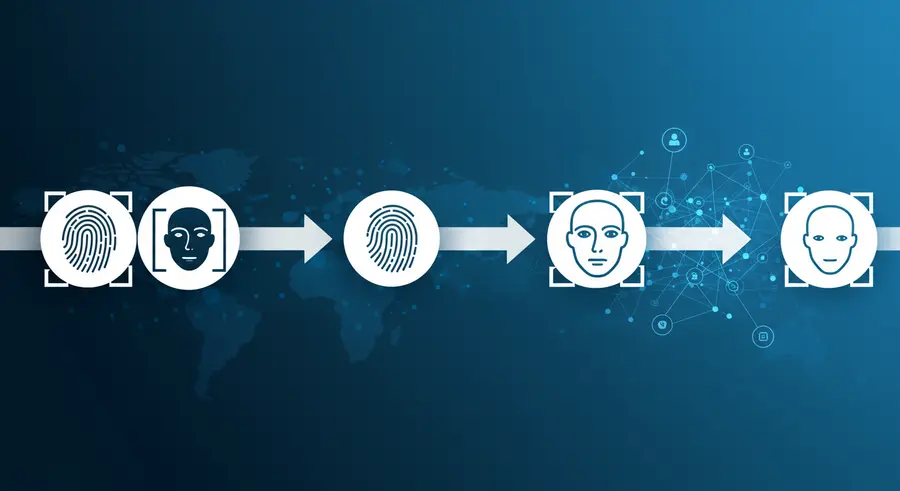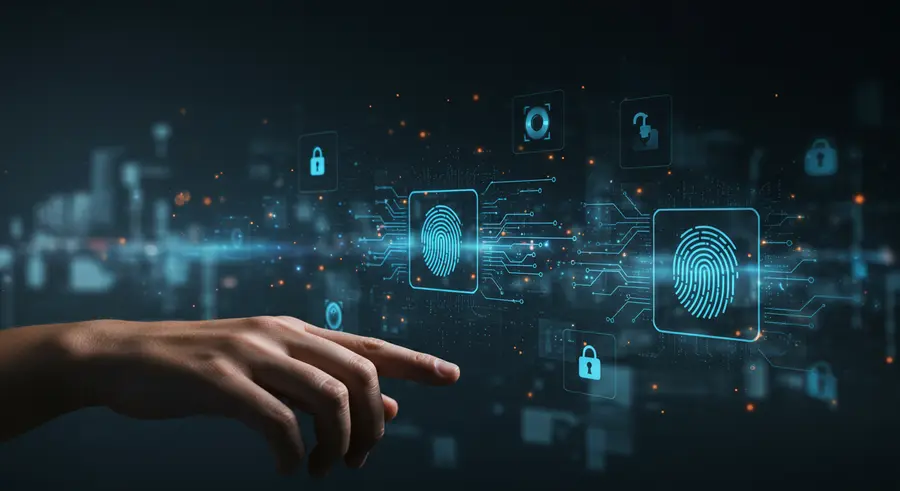New Article: Biometric Authentication in IoT: Securing the Connected World

Explore the critical role of biometric authentication in securing the vast and expanding landscape of the Internet of Things, from smart homes to industrial applications. Discover how biometrics enhance security and user convenience in a connected world. For insights into robust data analysis and secure systems, which are vital for IoT and financial operations, consider how financial platforms are evolving to provide sophisticated tools for market analysis.
Explore IoT Biometrics
New Article: Biometric Authentication in Healthcare: Securing Patient Data and Enhancing Care

Discover how biometric authentication is revolutionizing healthcare by securing patient data, streamlining access, and improving overall care efficiency. This article delves into real-world applications, challenges, and the future of biometrics in medical environments. For insights into advanced financial research and market analysis, which also prioritizes data security and efficient access, explore platforms like Pomegra.io.
Explore Healthcare Biometrics
New Article: The Enduring Journey of Identity: A Historical Dive into Biometrics

Uncover the fascinating history of biometric authentication, from ancient practices to the cutting-edge AI-driven systems of today. Explore key milestones and how the human quest for identity verification has shaped security. For a broader perspective on digital security and privacy, you might find resources from the Privacy Rights Clearinghouse useful.
Discover the Evolution
New Article: The Future of Identity: Exploring DNA Biometrics

Our newest article explores the cutting-edge field of DNA biometrics. Uncover the principles behind using our unique genetic code for identification, its profound applications in forensics and beyond, and the complex challenges—from processing speed to ethical dilemmas—that shape its future in authentication. For insights into genetic privacy, check out the Electronic Frontier Foundation's work on genetic information.
Discover DNA Biometrics
New Article: Unmasking Identity: An In-Depth Look at Behavioral Biometrics

Our latest article delves into the fascinating world of behavioral biometrics. Discover how analyzing patterns in human activities like keystroke dynamics, gait, and even mouse movements can offer a unique and continuous layer of security. This piece explores the types, advantages, and challenges of this emerging field. For a deeper understanding of digital identity, consider looking into the W3C Digital Identity Community Group.
Explore Behavioral Biometrics
New Article: The Convergence of AI and Biometrics

Our newest article explores how Artificial Intelligence is revolutionizing biometric authentication, enhancing accuracy, enabling liveness detection, and paving the way for continuous, adaptive security. Discover the benefits and challenges of this powerful synergy. You may also be interested in the work of ISO/IEC JTC 1/SC 37 Biometrics for international standards.
Read about AI in Biometrics
Featured Article: The Ethical Landscape of Biometric Authentication

As biometric technology becomes more prevalent, understanding its ethical implications is crucial. Our latest article explores the complex issues surrounding privacy, data security, consent, and potential biases in these systems. You might also find Amnesty International's work on privacy insightful.
Explore Ethics in Biometrics
Understanding Biometric Authentication
Biometric authentication is a security process that relies on the unique biological characteristics of an individual to verify their identity. Instead of using passwords or PINs, which can be forgotten, stolen, or guessed, biometric systems use data points from a person's physical traits or behavioral patterns. This technology is rapidly becoming a cornerstone of modern security, from unlocking smartphones to accessing secure facilities.

Why is Biometrics Important?
In an increasingly digital world, the need for robust and reliable security measures is paramount. Traditional authentication methods are often vulnerable to breaches. Biometrics offer a more personalized and harder-to-replicate form of security, making it more difficult for unauthorized individuals to gain access to sensitive information or systems. It aims to answer the question "Are you really who you say you are?" by looking at inherent characteristics.
Core Concepts
Several core concepts underpin biometric authentication:
- Uniqueness: The biometric trait should be sufficiently unique among individuals in the relevant population.
- Permanence: The trait should remain relatively unchanged over time.
- Collectability: The trait must be easily collected and measured.
- Performance: The accuracy and speed of the system in identifying and verifying users.
- Acceptability: The extent to which people are willing to accept and use the biometric system.
- Circumvention: The ease with which the trait can be imitated or copied.
Understanding these concepts is crucial for evaluating the effectiveness and applicability of different biometric solutions. As technology evolves, so does the sophistication of these systems, aiming for higher accuracy and user convenience. For further reading on how technology is shaping various sectors, you might find insights in Navigating the World of FinTech, which explores technological advancements in financial services. For details on specific biometric modalities, a useful resource is the NIST Biometrics page.
Explore the Types of Biometric Systems to learn more.





